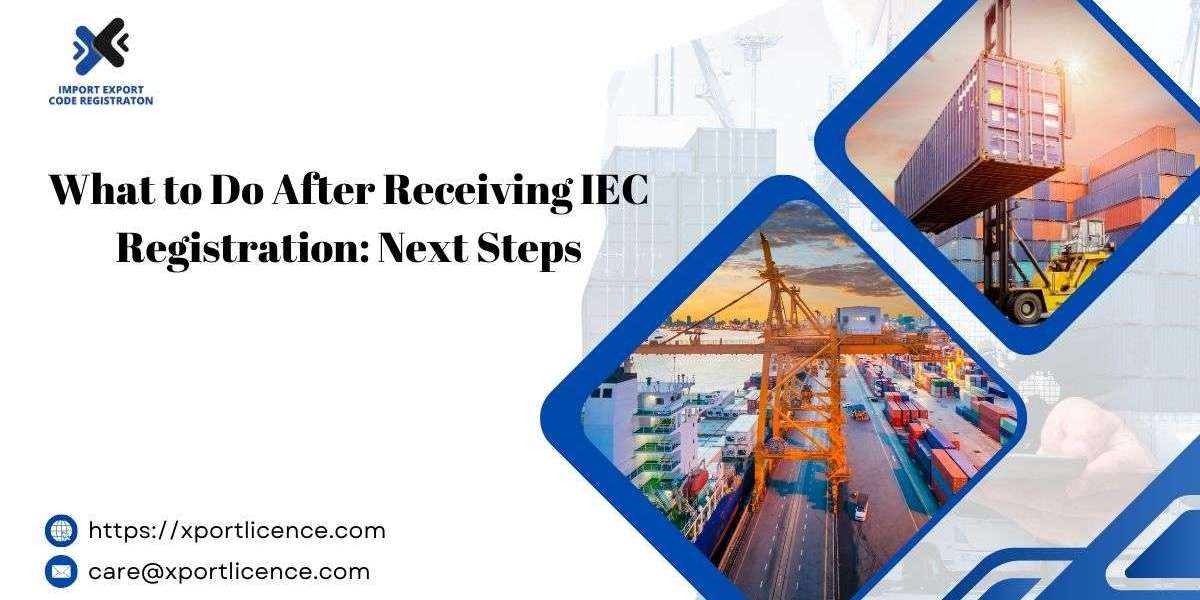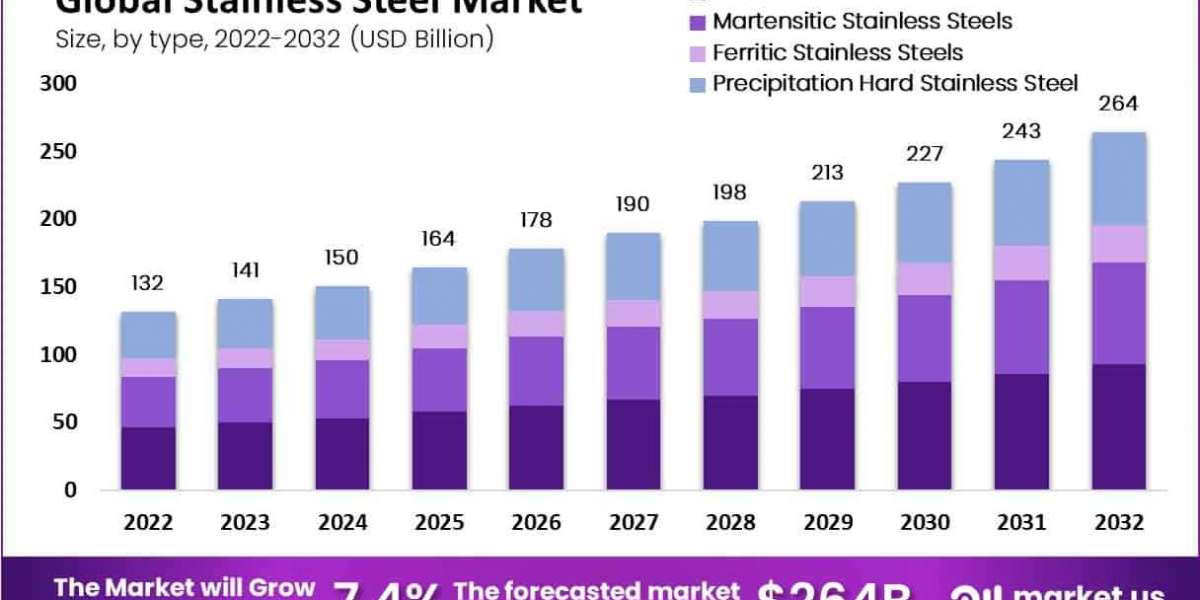Congratulations on obtaining your Import Export Code (IEC) registration! This is a significant step for any business looking to venture into international trade, whether you're exporting goods, importing materials, or entering global markets. However, receiving your IEC is just the beginning. There are several critical steps you must take to maximize its benefits and ensure compliance with all regulatory requirements. This guide will walk you through what to do after receiving your IEC registration, outlining crucial steps to help you set up your business for success in global trade.
Understand the Scope of Your IEC Registration
IEC is a mandatory identification number issued by the Directorate General of Foreign Trade (DGFT) for businesses involved in international trade in India. It serves as a license to import and export goods and services. Before moving forward, ensure that you fully understand what your IEC allows you to do:
Import: You can import goods from any country that is compliant with international trade laws.
Export: Your business can export products or services to other countries, enabling you to enter foreign markets.
IEC is a one-time registration, and it is valid for a lifetime. However, it’s important to note that while IEC is necessary for conducting international trade, additional licenses and permissions might be required depending on the specific products or services you're dealing with.
Link IEC with GST
One of the first steps after receiving your IEC registration is to link it with your GST (Goods and Services Tax) number. This is crucial for businesses in India, as it ensures the seamless processing of taxes and reduces compliance burdens. Here’s how to do it:
Log in to the GST portal using your credentials.
Navigate to the “Amendment of Registration Non-Core Fields” section.
Update your IEC details in the “Add Details” tab.
Apply for approval.
Once your IEC is linked with your GST number, it becomes easier to claim tax benefits and avoid any legal complications.
Update Your Business Details with Banks and Financial Institutions
Your IEC is integral to handling foreign transactions. Hence, after obtaining IEC registration, you must update your business details with your bank and any other financial institutions you deal with. Ensure that your bank knows you are now registered for international trade, so they can assist with:
Foreign Exchange Transactions: The bank will handle all international payments and receipts related to your business.
Letters of Credit: If you’re dealing with large export-import transactions, letters of credit ensure both parties fulfill their contractual obligations.
Currency Exchange: You’ll also need support in currency exchange and international remittances.
Informing your bank about your IEC registration will also help you avail of any banking facilities specific to exporters and importers.
Determine Additional Licenses and Permits Required
IEC is just one part of the regulatory framework governing imports and exports. Depending on the nature of the goods and services you intend to trade, you may need additional licenses and permissions. For example:
Pharmaceuticals: If you plan to export pharmaceuticals, you’ll need clearance from the Central Drugs Standard Control Organization (CDSCO).
Food Products: The Food Safety and Standards Authority of India (FSSAI) might need to certify food products for export.
Textiles and Chemicals: Special regulations exist for trading textiles, chemicals, and defense products.
Be sure to research the specific regulatory requirements applicable to your industry.
Inform Customs Authorities and Link IEC with ICEGATE
For smooth customs clearance, you need to register your IEC with ICEGATE (Indian Customs Electronic Data Interchange Gateway), the electronic portal that facilitates customs documentation. The registration process is simple:
Visit the ICEGATE portal and log in using your credentials.
Register your IEC number under the “New Registration” section.
Complete the required forms and submit your documents electronically.
This linkage will enable seamless customs clearance when you import or export goods, reducing paperwork and delays at customs checkpoints.
Ensure Compliance with RBI Regulations
When dealing with international trade, businesses must comply with the rules set forth by the Reserve Bank of India (RBI). These regulations govern foreign exchange transactions, remittances, and repatriation of export proceeds. Key things to keep in mind include:
Realization of Export Proceeds: According to RBI guidelines, export proceeds must be realized within the prescribed period (currently nine months from the date of export).
Foreign Exchange Management Act (FEMA): Compliance with FEMA regulations is crucial to avoid penalties on cross-border transactions.
Authorized Dealers (AD): Work closely with your bank (which acts as an AD) to handle foreign transactions legally.
Keeping your business compliant with RBI regulations ensures that you avoid any disruptions in foreign currency transactions.
Explore Export Promotion Schemes
After receiving your IEC, it’s time to take advantage of the various export promotion schemes offered by the Indian government. These schemes are designed to incentivize exporters and help them thrive in global markets. Some of the popular schemes include:
Duty Drawback Scheme: Allows you to claim refunds on customs duties paid on imported inputs used in the production of exported goods.
Merchandise Export from India Scheme (MEIS): Provides incentives for the export of goods manufactured in India.
Service Exports from India Scheme (SEIS): Designed for service exporters, SEIS offers duty credits on eligible services.
These schemes can significantly boost your profitability, so make sure you are registered and eligible for the appropriate ones.
Set Up an Effective Logistics and Supply Chain Network
International trade requires efficient logistics and supply chain management to ensure timely delivery of goods and services. After obtaining your IEC, focus on setting up:
Shipping and Freight Services: Partner with reliable logistics companies that offer competitive rates for international shipping.
Customs Brokers: They help in clearing goods through customs efficiently and handle documentation requirements.
Warehousing: Consider warehousing solutions to reduce delivery times and storage costs in key export markets.
Having a robust logistics network in place ensures that your business operates smoothly in global markets.
Start Marketing Your Business Internationally
With your IEC in hand, you can start promoting your business to international buyers. Consider these strategies:
Participate in Trade Fairs: Trade fairs are excellent platforms for showcasing your products to potential buyers.
Use B2B Platforms: Websites like Alibaba and IndiaMART allow exporters to connect with international buyers.
Leverage Digital Marketing: Utilize search engine optimization (SEO), social media marketing, and email campaigns to reach global customers.
Marketing your business globally will help you attract new clients and expand your reach in international markets.
Regularly Update and Renew IEC Information
Although IEC registration is valid for life, keeping your information updated with DGFT is essential. If there are any changes to your business structure, address, or contact information, update your IEC promptly. Failure to do so could lead to complications during customs clearance or transactions.
Note: Click here to update your IEC Code today - Update IEC Code Online
Conclusion
Obtaining your IEC registration opens the doors to global trade, but it’s just the first step. You can build a successful and compliant international business by linking it with GST, complying with banking and regulatory requirements, and leveraging export promotion schemes. Establishing a solid logistics network and effectively marketing your products or services globally will help you maximize the benefits of your IEC registration and take your business to new heights in the international marketplace.







